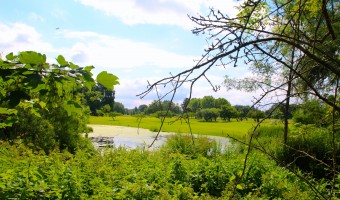Regal Beauty In The Leafy Suburbs
Historical Meeting Place
“Meet me by the Lion Gate” has been an oft-repeated instruction for many when looking for a meeting place in this leafy and beautiful part of ‘outer’ London. Over the centuries numerous Tudor, Stuart and Georgian monarchs maintained links with Kew - most notable perhaps being Henry Vlll from his close-by Hampton Court Palace residence. A little later during the same millennium many refugees driven by the French Revolution established themselves there where it became the home of several imported artists in the 18th and 19th centuries. Today, Kew is an impressive residential green space featuring trees, parks, gardens and plenty to see and do against a contextual back-drop of culture and history.
Kew Gardens
Kew Gardens is a UNESCO World Heritage site and one of the most visited attractions in London. Founded in 1759, Kew Gardens has quite a history. It holds the world’s last surviving Victorian Greenhouse, the Temperate House (under renovation until 2018), the world’s largest living plant collection (with over 30,000 species!), the oldest potted plant, and the smallest royal palace in the country. There is something for everyone in Kew (even those with allergies!) You can have tea at their beautiful Orangery, walk among the treetops, visit their beautiful conservatories, walk among one of their many themed gardens. The list truly goes on. Two pieces of advice, from us to you: plan for a day trip and get there early (preferably on a weekday, as it’s less busy) and two: bring food for a picnic! Take your time, try to see all that Kew Gardens has to offer, and pace yourself! It’s a big place, after all.
The National Archives
The National Archives is a grand collection of original documents dating back more than 1000 years. Yearly they deliver an approximate of 670,000 of these records to interested readers on site. These original documents have not been digitised, and therefore cannot be seen anywhere else. This facility is free to use, and has, on premises, a coffee shop, a gift shop, and an exhibition featuring a rotating topic from the archive’s collection. Whether you’re researching history or your own family tree, the National Archives is the place to go.


Kew Market and surrounds
Kew Market
“It’s like being in France!”
On the first Sunday of every month, from 10am to 2pm, you can find the adorable Kew Village Market. On these market days traffic is blocked off, allowing for a lovely stroll around the village and the market’s 40-something stalls. The regular stall attendees are food-related, so if you taste something heavenly you can come back again! On top of delicious food, you can peruse through arts and crafts stalls. The market lists all attendees for the market on their website, so if you want to take a peek before going, you can!
Kew Gardens Station
“One of a kind: The Tap on The Line is the only remaining licensed public house situated on a London Underground platform.”
This beautiful mid-Victorian station has a few key features. The first, and possibly the most notably, is the bridge. Nowadays bridges or underpasses connecting the two sides of a neighbourhood together are commonplace. However, Kew found itself bisected by the tracks until 1912. This bridge is a rare example of the reinforced concrete technique developed by François Hennebique. The design was initially developed to protect pedestrians from the billowing smoke of trains passing by underneath. The station also features an adorable pub, and is the only station on the entire London Underground network to still do so.
Syon House
Though Syon House is not within the confines of “Kew Village”, you will be able to see it from within Kew Gardens, so we decided to tell you a little about it. Originally a medieval abbey, it came under royal control. This is where Henry VIII’s corpse famously exploded during the funeral journey from London to Windsor. Syon was then transformed into the grand house it is today by Edward Seymour, Duke of Somerset. It came into the Percy family (the present owners) in 1594 through marriage. Since then the landscape and interior has been upgraded throughout several series of renovations. Today it is a marvel to behold, though you can only visit the estate from March until October, so plan carefully!
 The Glory of Kew
The Glory of Kew


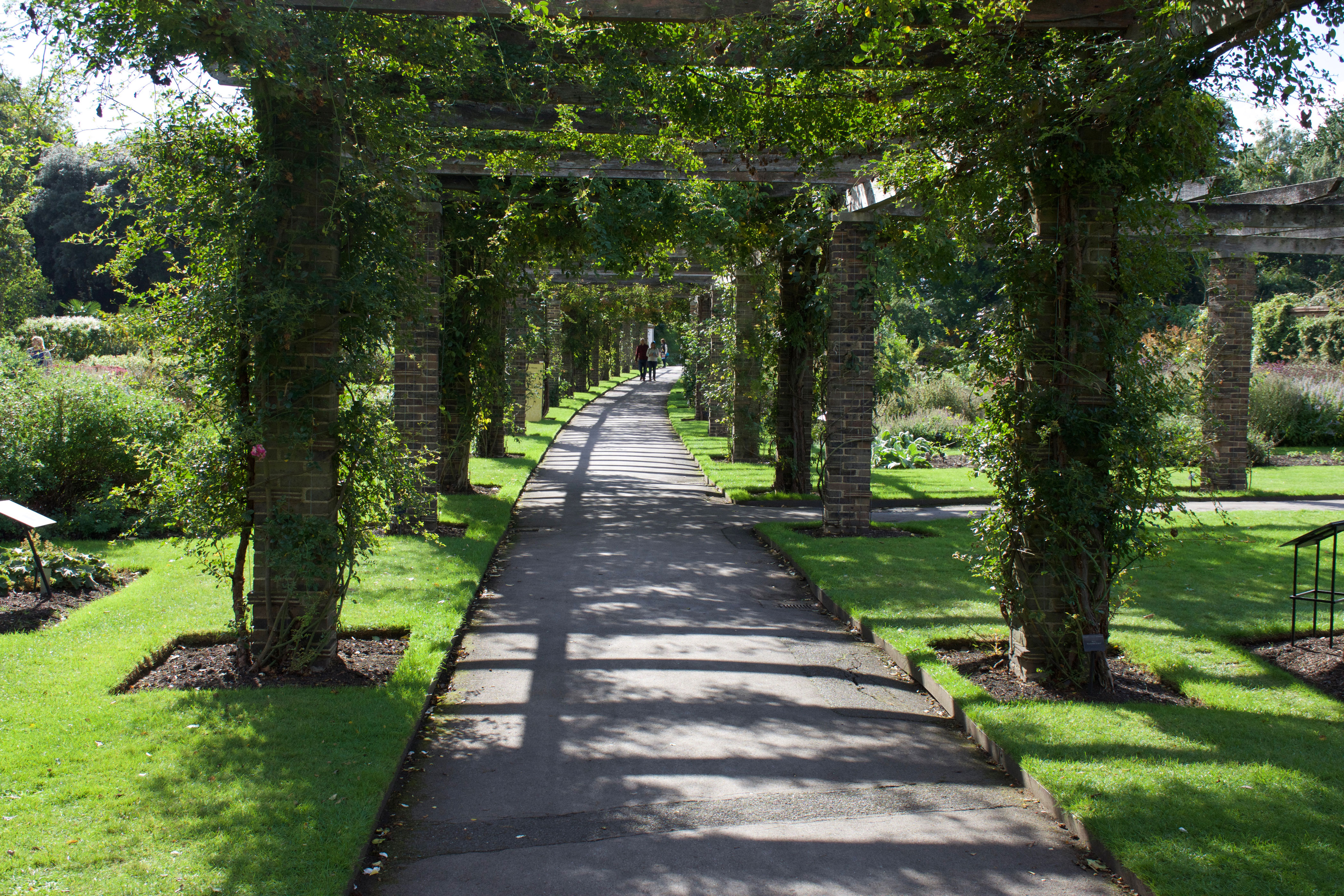
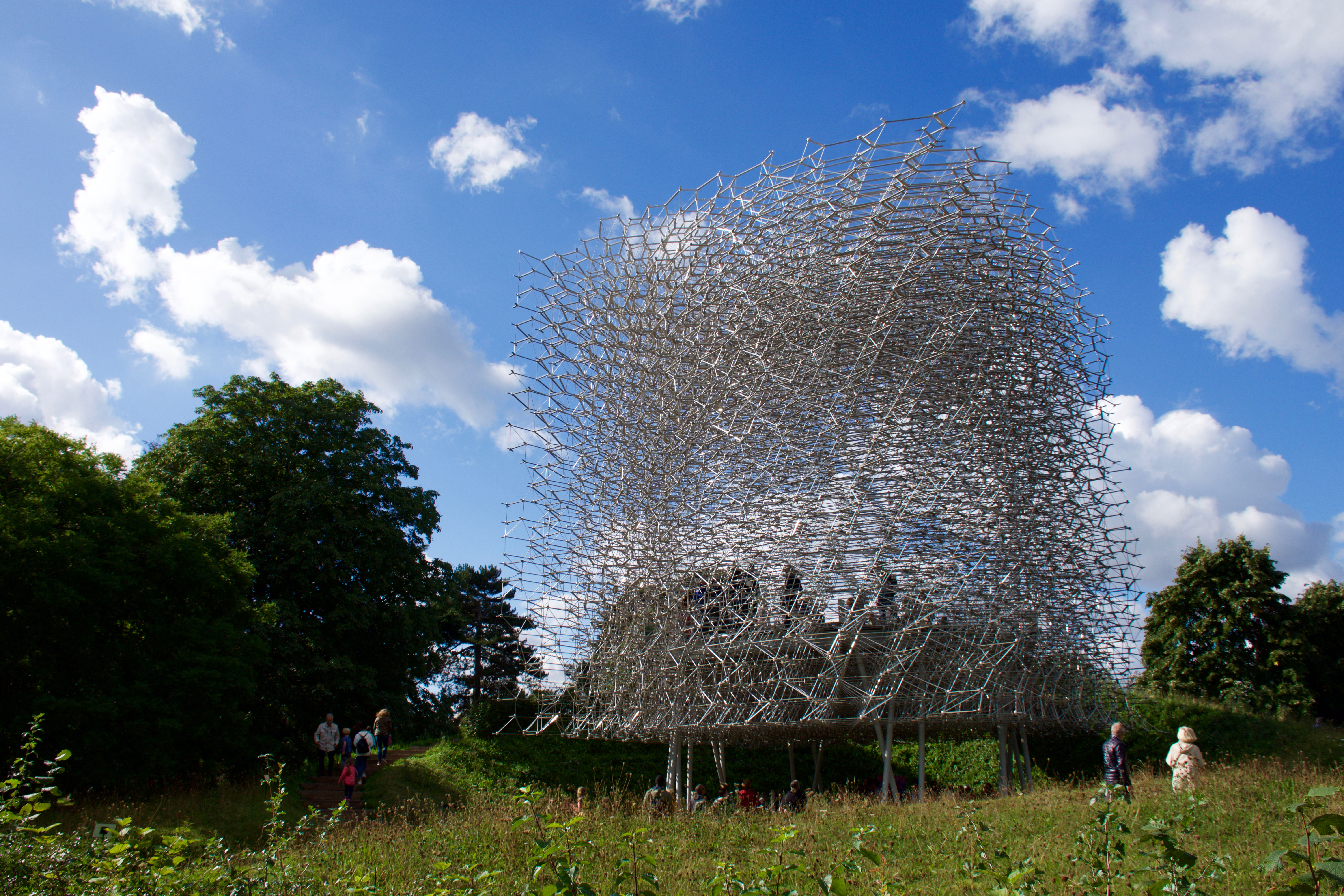
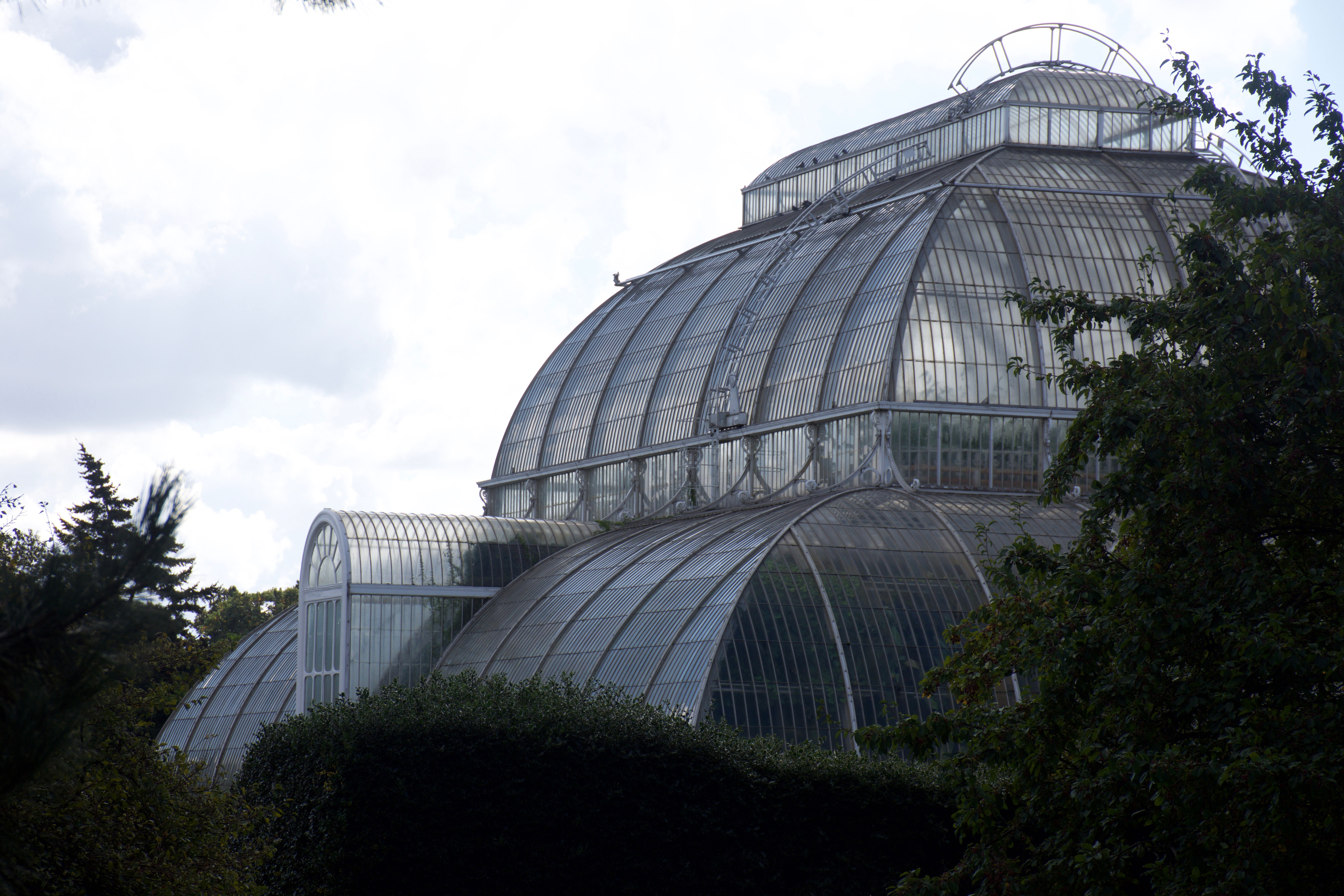
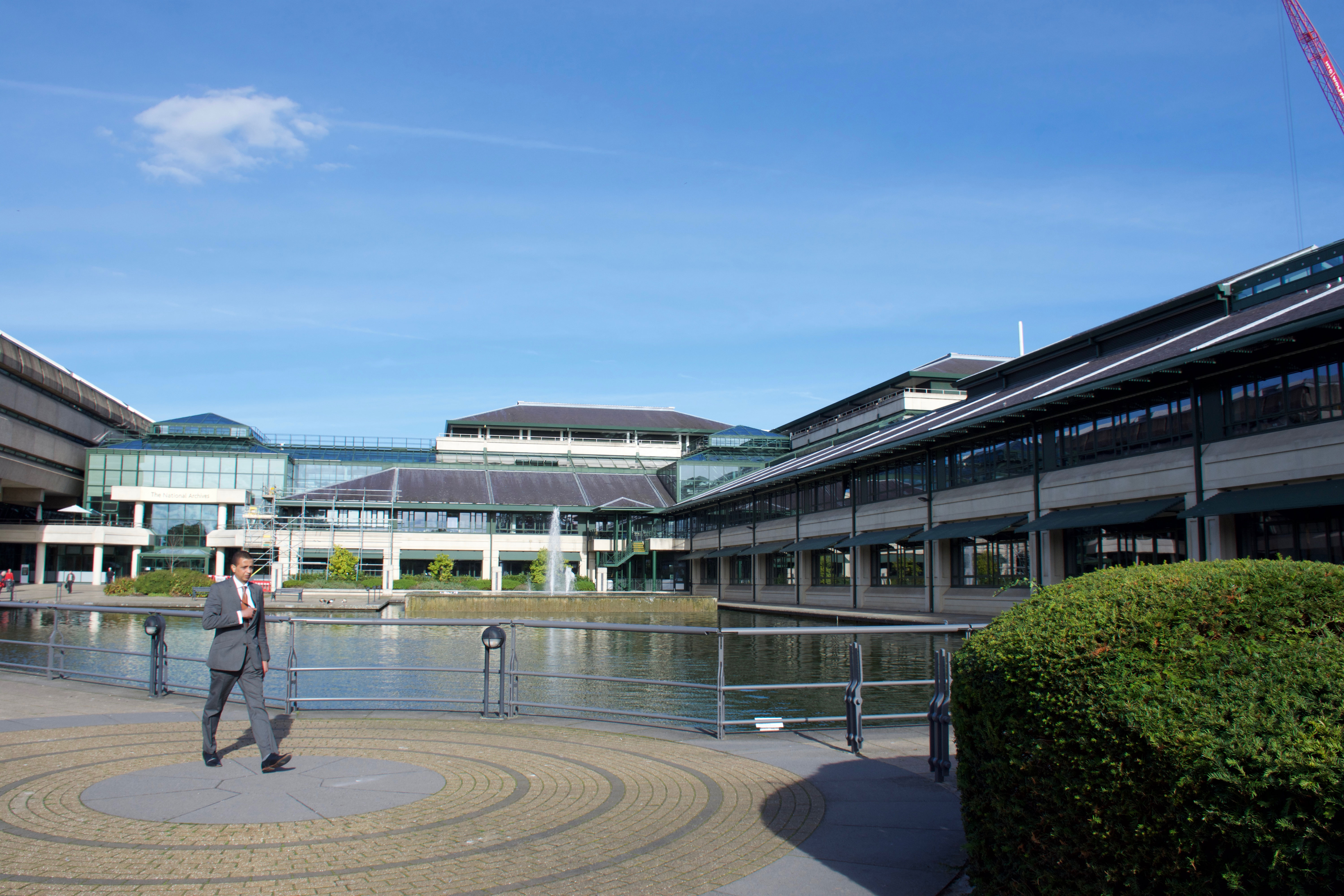
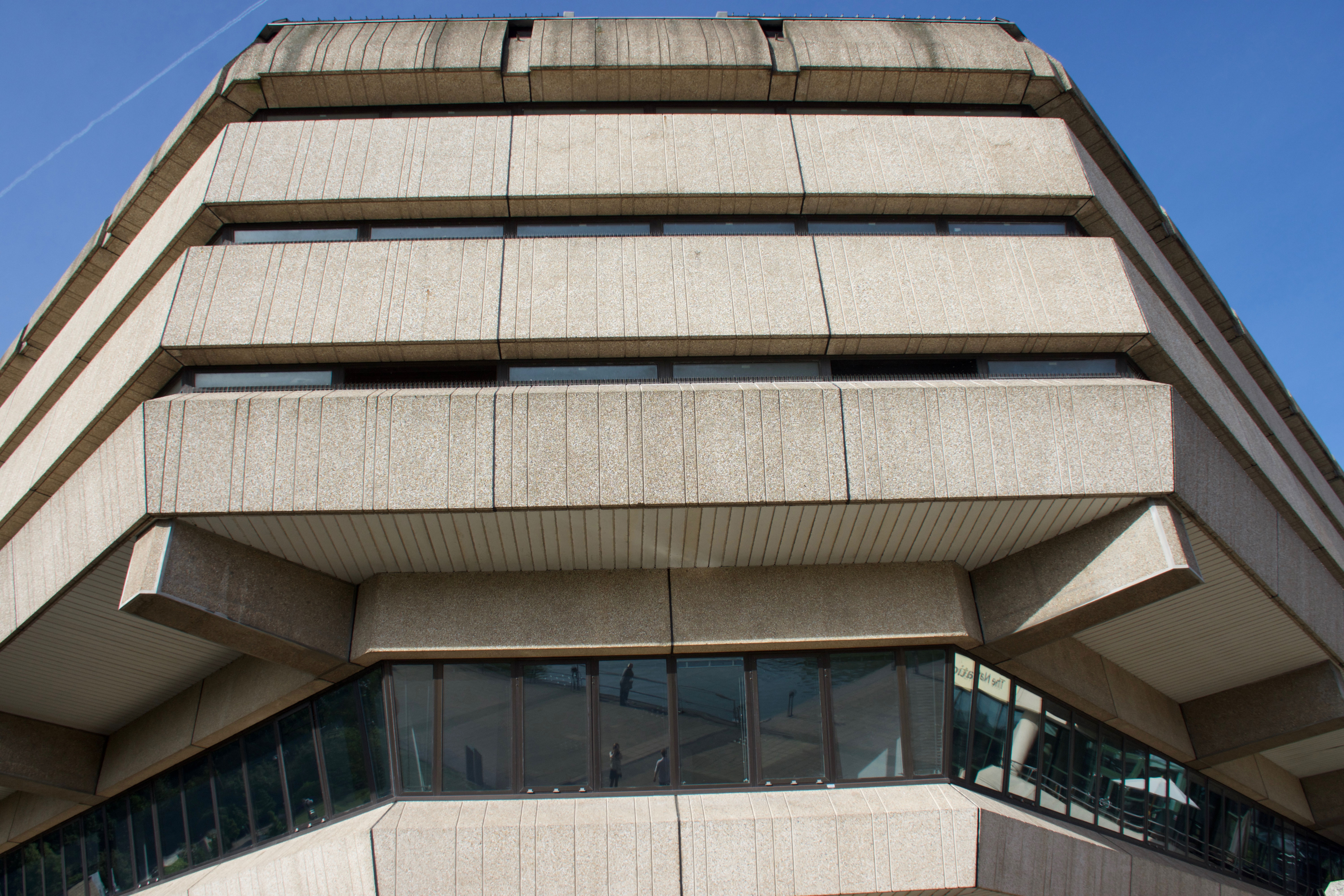
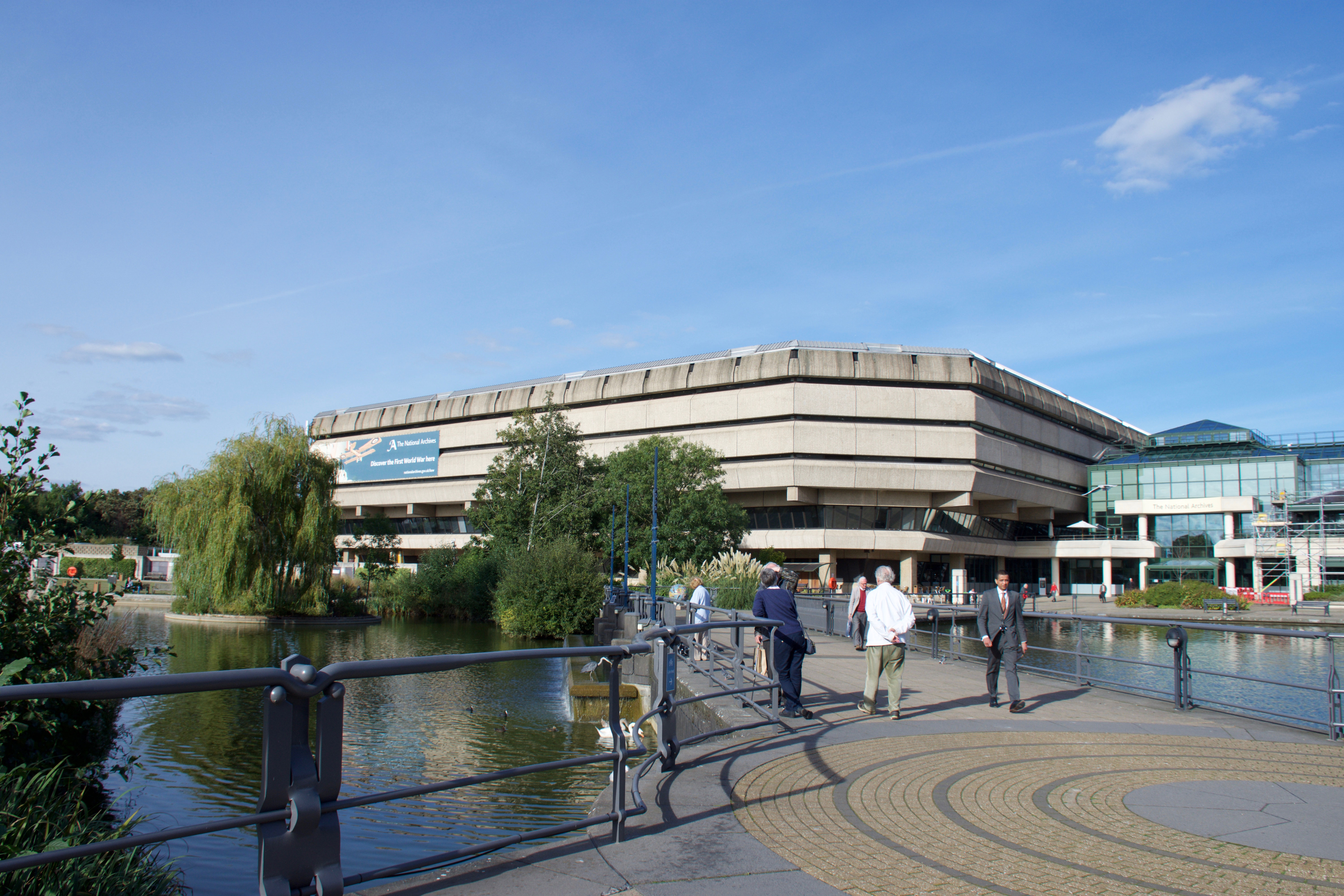
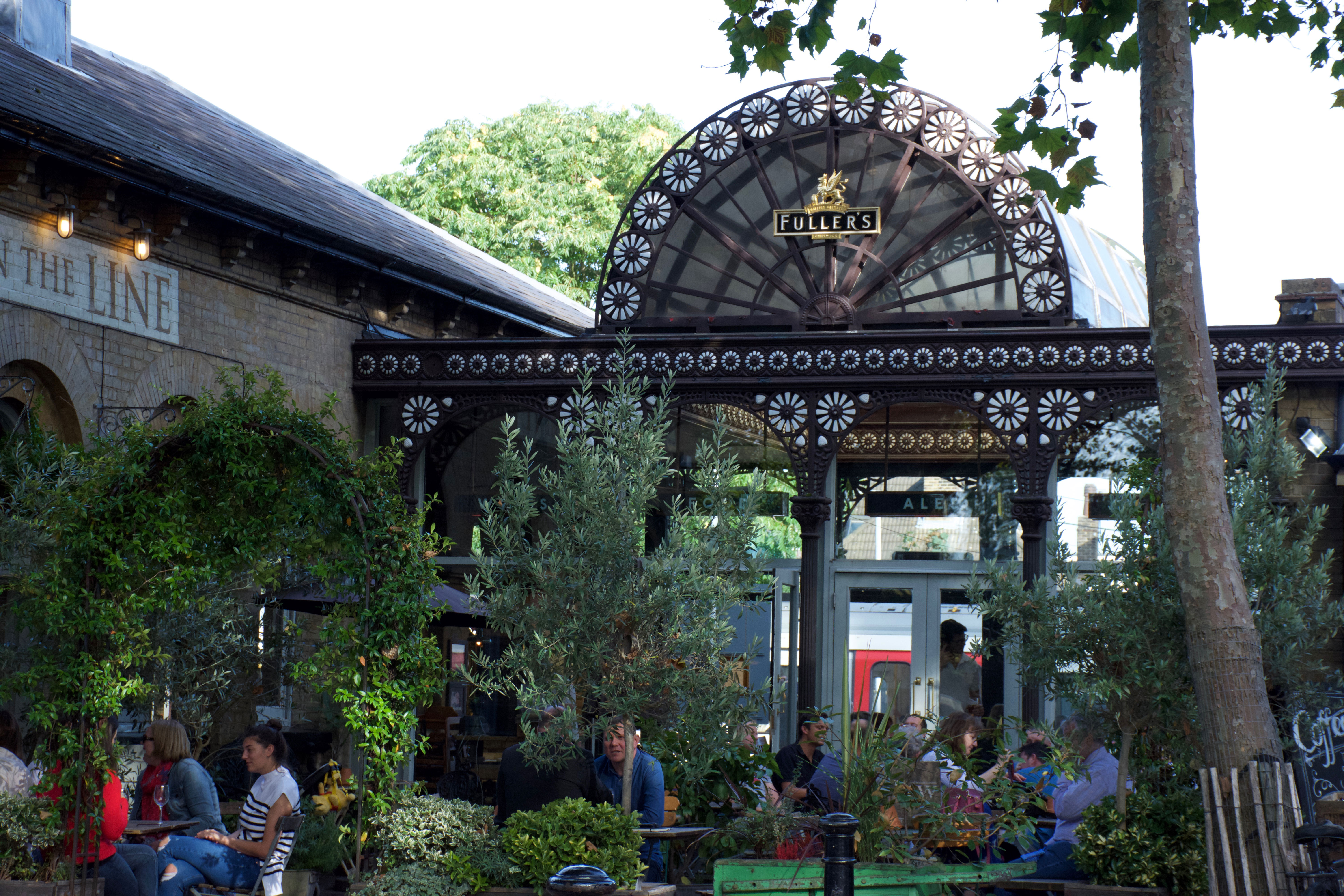
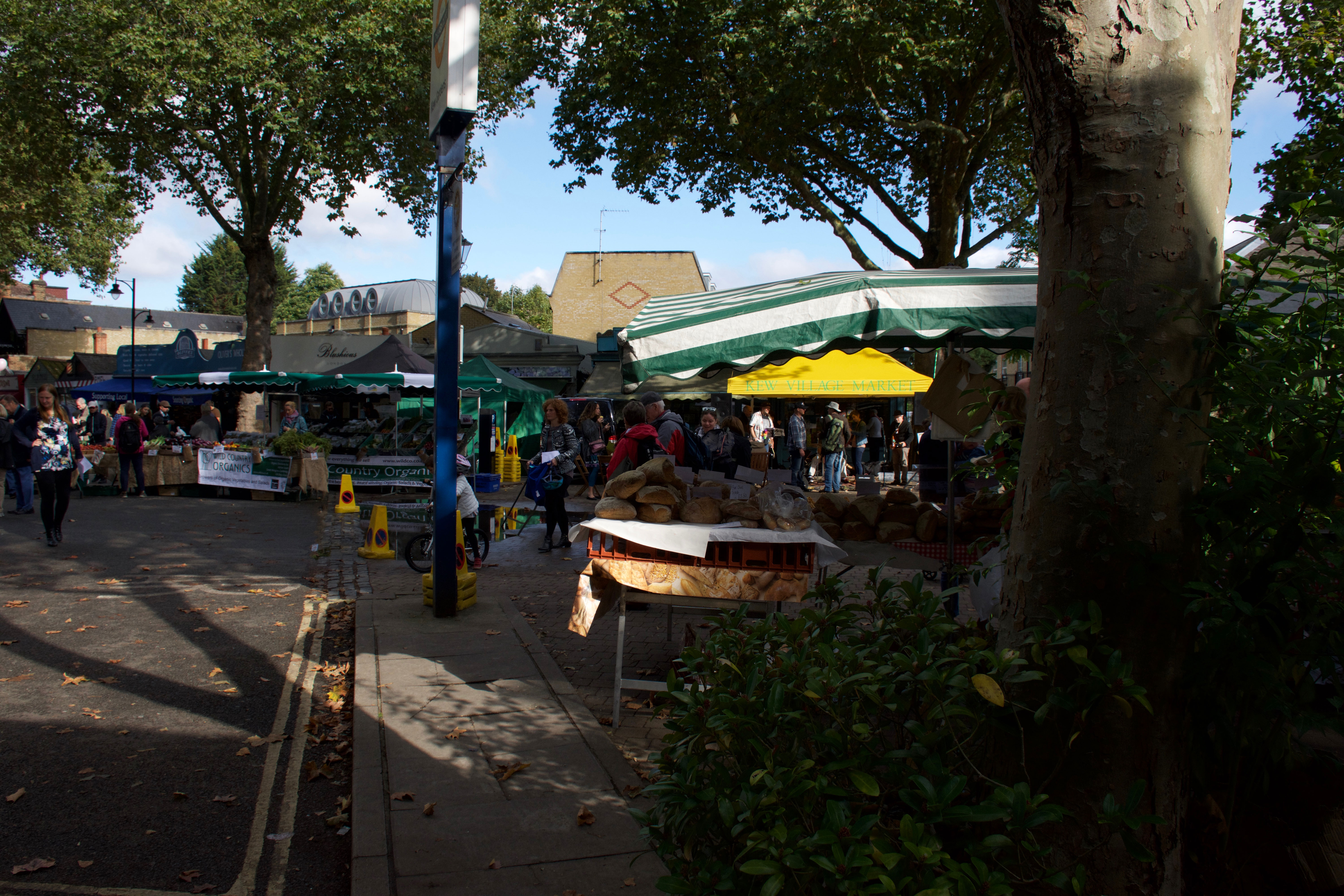
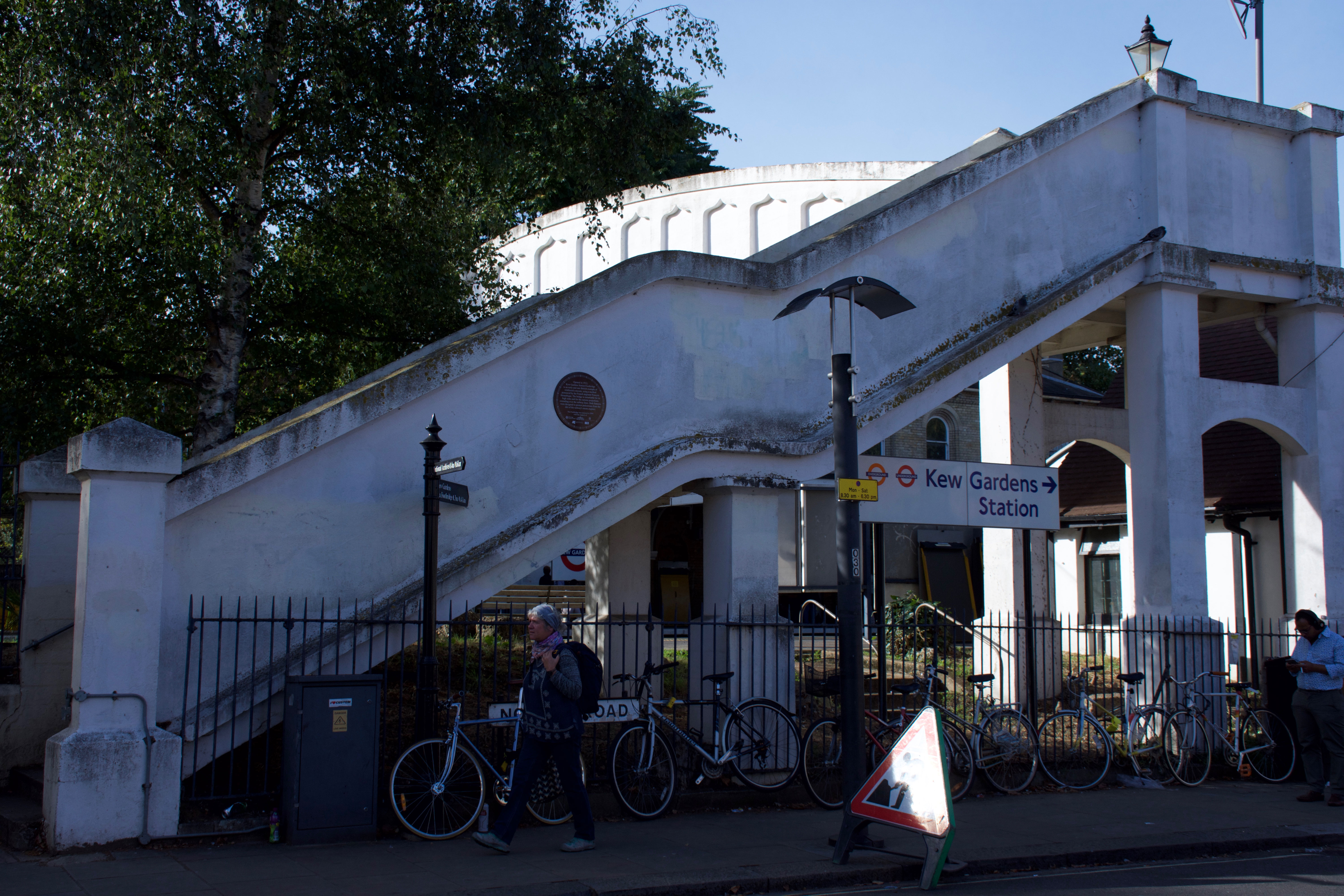
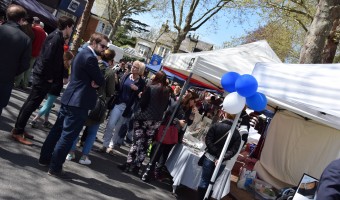
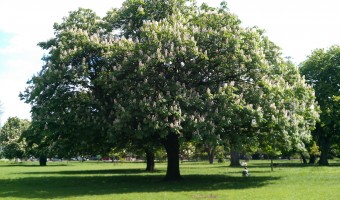
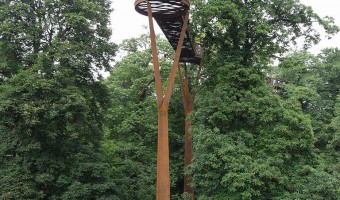
 Load more triptoids
Load more triptoids
